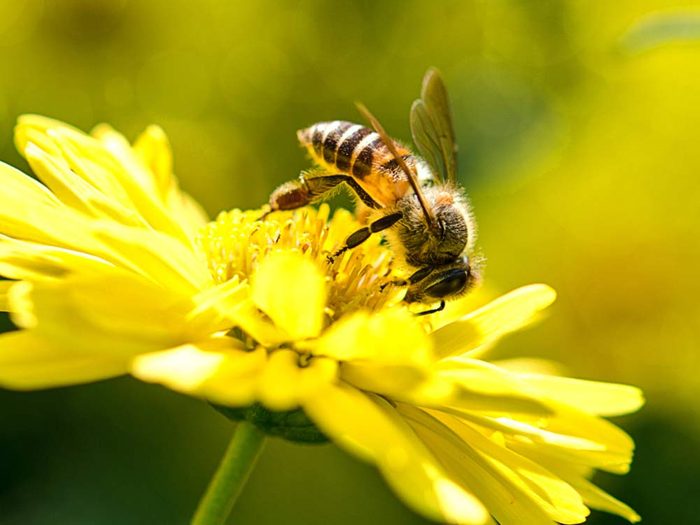
Common bee myths: All bees make honey
Only honey bees and stingless bees make enough honey to make it worthwhile for us to raid their food stores. There are less than ten species of honey bee and less than 450 species of stingless honey bee. Bumble bees, another approximately 260 species, may have a teaspoon or two of honey in their nests. So, overall, less than five per cent of bee species make honey.
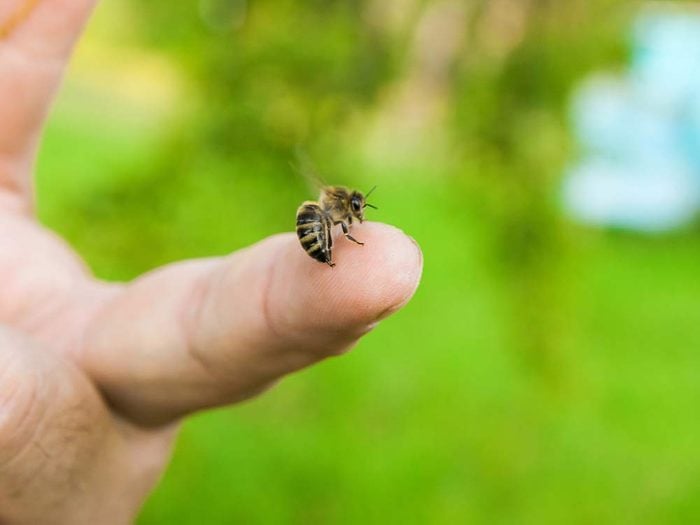
Common bee myths: All bees sting
The sting is a modified egg-laying apparatus. Consequently, only female bees can have the necessary equipment to sting. But even the females of many bee species cannot sting. In most of the bees that do not sting, the sting apparatus is mostly still present, but it does not work. In a few instances most of the sting apparatus has disappeared altogether.
Here are five surefire ways to reduce the pain of a bee sting.
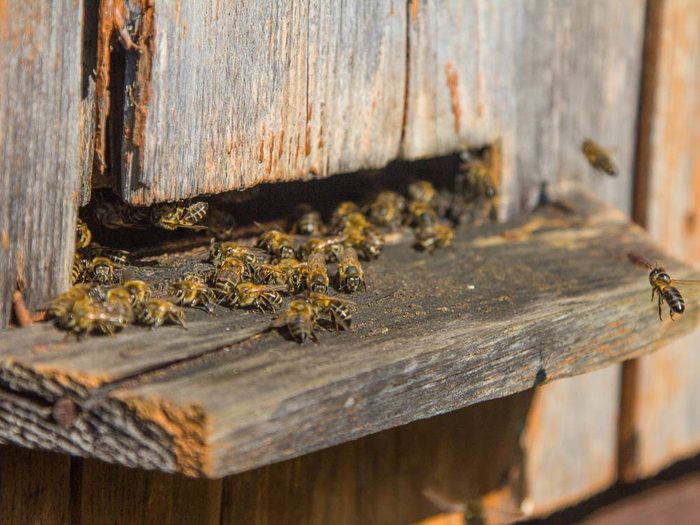
Common bee myths: Bees live in complex societies
Honey bees and stingless bees live in perennial societies with a complex division of labour. Not only do they have queens and workers, but workers are often specialized to perform specific tasks such as looking after the young, ejecting the dead or defending the nest. Some other bees have smaller, simpler societies that rarely last for more than one summer. Bumble bees and some sweat bees are examples of such short-lived social groupings. Most bees are solitary: a single female constructs a nest, collects enough food for the complete development of an offspring, lays an egg on the food mass and then repeats the foraging and egg-laying again and again. The social interactions of most bees are limited to mating and laying eggs. Ninety per cent of bee species are not very social at all.
Check out the world’s most contagious myths and misconceptions—debunked.
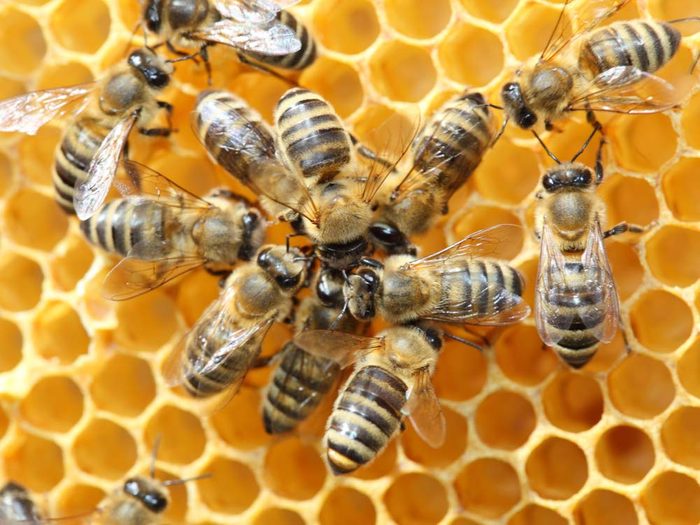
Common bee myths: Bees live in hives
Only the advanced social bees can be said to live in a hive. As most bee species are solitary, most bees do not live in hives. Most bees nest solitarily in burrows in the ground; some make their nests in abandoned beetle burrows in wood, or in hollowed out pithy stems. Some make their nests out of mud or resin and place their brood cells on hard surfaces.
Start chomping on these foods before your next outdoor adventure to prevent bug bites.
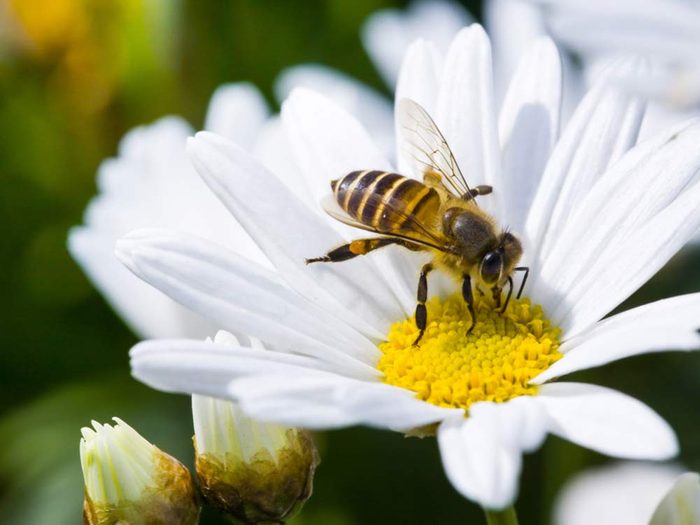
Common bee myths: Bees work hard
The statement “busy as a bee” is certainly true of honey, bumble and stingless honey bee workers. Male bees do little or no work in the nest and females of most solitary bees may work for only a couple of weeks. Individuals of some bee species do no nest construction and collect no food. These are the cuckoo bees that lay their eggs in the nests of other bee species. There are also socially parasitic bees that invade the nests of social bees and replace the queen, using the deposed monarch’s daughters as slaves to rear their offspring.
Could tardigrades outlast all other life on Earth? Science seems to think so.